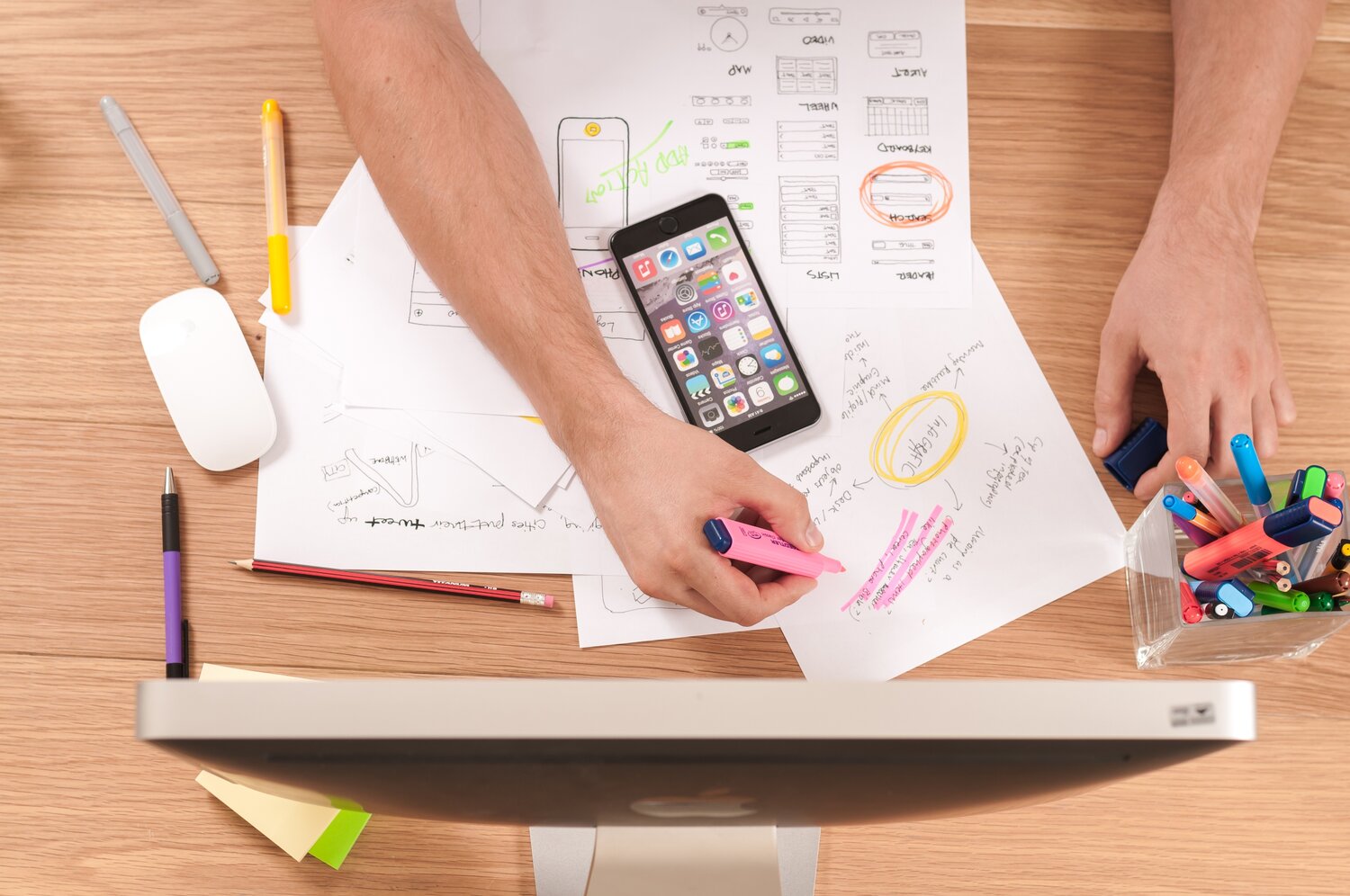Main Menu

At KT Alberta, we are always on the lookout for training and professional development opportunities for our community. Earlier this year, we spoke with the Alberta SPOR SUPPORT Unit Learning Health System Team (formerly called the Alberta SPOR SUPPORT Unit Knowledge Translation Platform) about their new KT Certificate program. AbSPORU completed their pilot cohort for the certificate in December 2019 and recently evaluated the success of this first certificate offering.
We spoke with Ms. Morgan Potter (Program Coordinator, Training and Professional Development at the KT Platform) about the many benefits of the training program: the flexibility of its online format; the multiple KT expert guest instructors included in the program; the live weekly instruction and individual at homework; the short eleven week format; and the accessibility to graduate students, health researchers, physicians, health system staff and policy-makers.

This is the first certificate of its kind in Alberta, and with this level of accessibility and expertise offered, we were excited to learn that another cohort will begin in Fall 2020 (watch the KT Alberta events page for upcoming details and a link to the registration page!)
As people working in healthcare and health research, we do the best we possibly can to improve peoples’ lives, health, and happiness and the systems that make this possible. Part of this effort is keeping up to date on the latest knowledge and best practices by attending training events.
We arrive at these events with the best intentions – to fill our knowledge-buckets and use what we learn to make a difference. But, is this motivation enough to create a practice change? What else is at play here, and what can groups who offer training do to ensure their lessons become part of workplace practice? Training is only worthwhile when it can be applied in real-world practice. Thus, understanding the complexities of learning transfer can increase training uptake, in turn, ensuring the value of professional.
With a goal of optimizing the training outcomes and impact of the KT Certificate program, AbSPORU embedded the Learning Transfer System Inventory (LTSI) tool into our program evaluation. The LTSI has been developed as an all-encompassing tool to determine what variables affect learning transfer. The LTSI has been validated and replicated across different disciplines, countries, and contexts. Furthermore, the tool continues to be revised as new research emerges.
The foundation of the LTSI stems from three main constructs that influence learning outcomes: ability, motivation, and workplace environment. Each one of these constructs is made up of several factors, or variables, that are proven to affect learning transfer. Currently, the LTSI consists of 16 factors.

In practice, teams administer surveys of the LTSI, which includes a set of 89 statements to explore the potential for learning transfer in a group of learners. Each statement links back to one of the 16 factors. For example, to understand how peer support affects learning transfer, a statement would read “at work, my colleagues expect me to use what I learn in training” or “my colleagues appreciate when I use the new skills I have learned in training.” Learners are asked to rate their level of agreement with each statement on a 5-point scale. Twenty-six of these statements ask learners about their general perceptions of training. Sixty-three of these statements ask learners about their perceptions of a specific training activity.

A crucial step towards understanding and improving learning transfer is to accurately determine the factors that inhibit transfer in the first place. With this in mind, we implemented the LTSI as part of the pre-course survey and post-course survey evaluations for the certificate program.
From the learners’ responses to each statement in the LTSI, a mean score was calculated for each construct, which was then categorized as a strong barrier, barrier, facilitator, or strong facilitator.
The LTSI survey allowed us to collect information on factors that either improved or interfered with learning transfer for our specific training audience. While this was simply exploratory, and the number of learners was small, it created a new lens to view and shape our future training initiatives with.
Learners’ perspectives of training in general
Learners’ perspectives of ability factors

Learners’ perspectives of motivation factors
Learners’ perspectives of work environment factors
Understanding what limits or enables people to use the lessons and skills taught in training will help shape future iterations of this course and other training initiatives targeted towards this audience. This information gives us an additional lens to view the training we offer as we explore ways to further encourage the use of KT skills in and tools in the workplace.
Using the LTSI as a framework, we were able to gather our learners’ perspectives on factors that are empirically associated with positive learning transfer across many disciplines. Most noteworthy from this evaluation of learning transfer was the strong internal and external motivation to apply skills learned from training in the workplace and the possible barriers around workplaces openly encouraging the use of new learnings from training.
Overall, exploring potential barriers and facilitators to learning transfer in the context of KT training will help us shape future training events. We, like all of you, aim to use all the information we have to make purposeful decisions that will leave a positive impact on others. I invite you to think about the barriers and facilitators you face when implementing your new skills and learning in the workplace. We would love to hear what you think.
Let us know how you want to stay connected


 News + Events
News + Events

 Patient Partner Research Opportunities
Patient Partner Research Opportunities

 I agree to receive occasional emails from AbSPORU.
I agree to receive occasional emails from AbSPORU.University of Calgary Foothills Campus
3330 Hospital Dr NW
Calgary, AB T2N 4N1
University of Alberta North Campus
Edmonton Clinic Health Academy (ECHA)
11405 87 Ave NW
Edmonton, AB T6G 1C9
The Alberta SPOR SUPPORT Unit operates on and acknowledges the lands that are the traditional and ancestral territory of many peoples, presently subject to Treaties 6, 7, and 8. Namely: the Blackfoot Confederacy – Kainai, Piikani, and Siksika – the Cree, Dene, Saulteaux, Nakota Sioux, Stoney Nakoda, and the Tsuu T’ina Nation and the Métis People of Alberta. This includes the Métis Settlements and the Métis Nation of Alberta. We acknowledge the many First Nations, Métis and Inuit who have lived in and cared for these lands for generations. We make this acknowledgment as a reaffirmation of our shared commitment towards reconciliation, and as part of AbSPORU’s mandate towards fostering health system transformation.
© 2025 AbSPORU